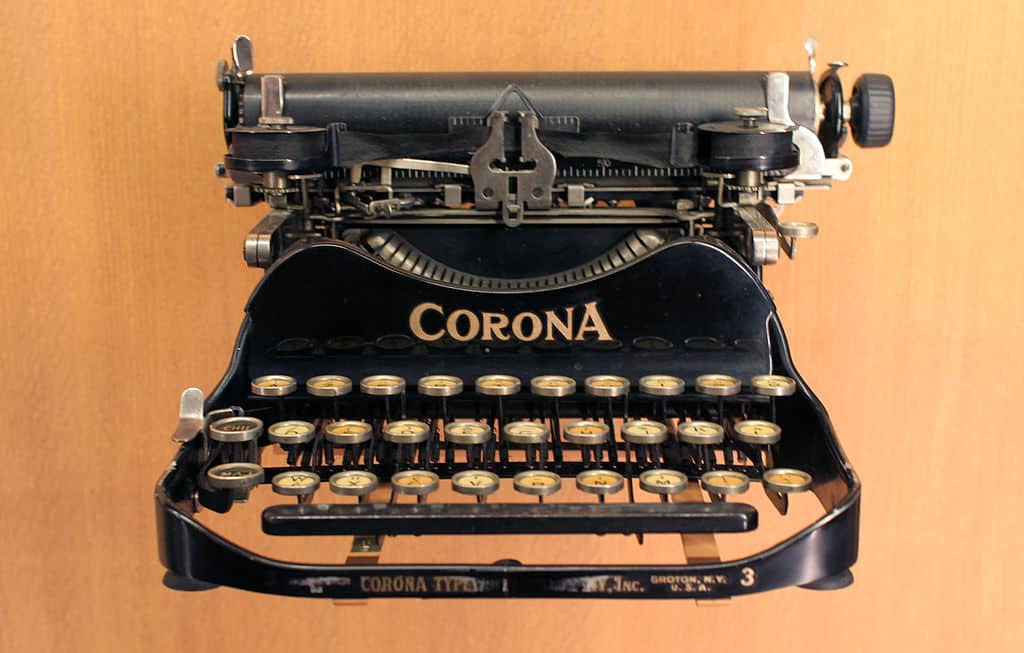
Initially there were varying grades of Damascus, ranging from English Stub Twist to the finest qualities and patterns.

Barrels were imported rough-bored, then reamed and polished at the factory. Internally, all guns exhibited the same excellent workmanship. Smith exuded quality, from the “workhorse” blued and casehardened 00 Field Grade to the elaborately engraved and checkered A3 Monogram. Later, in 1935, a selective, single trigger was offered.Įvery L.C. It was extremely fast, yet was guaranteed against doubling. The Hunter One-Trigger could be ordered in any of three fixed positions, forward, middle of the trigger guard or to the rear. Additionally, in 1904, the company catalog touted its new Hunter One-Trigger, a non-selective system that fired the right barrel first. Smith became the first U.S.-made shotgun to feature automatic ejectors, specially featured, in 1895, on its top-of-the-line A3 Automatic Ejector gun. 410 bore was introduced in 1926, with a scant 2,665 of these smallbore shotguns known to exist. Smith” on the lockplates, while the barrels were marked, “HUNTER ARMS CO.–MAKERS–FULTON, N.Y.” In 1891, a 16 gauge was added to the line, and in 1896 a few 8 gauges were produced however, they were discontinued one year later and are extremely rare. built a factory in Fulton, N.Y., a location that-under the leadership of John Hunter, Sr., and, over the years, with his six sons-was to become revered in the annals of shotgunning.

After all, this was America’s "Golden Age of Shotgunning," and now we had our very own sidelock with which to break records and bag birds. It was under the Hunter Arms banner, which flew from 1889 until 1945, that the L.C. was established to manufacture the equally famous L.C. Smith went on to create what would become the famous Smith-Corona typewriter, and Hunter Arms Co. After all, here was an already-established, quality shotgun, with machinery and workers in place. But alas for poor Harry, his patents and a pending partnership were scrapped once Hunter met Smith.

Indeed, had Smith not learned about Hunter’s gunmaking interests, you might now be reading about the Comstock shotgun instead of the L.C. Hunter was looking for new ventures and was planning to invest in a shotgun that a neighbor named Harry Comstock was developing. Thus, in 1888, Smith sold his company to a Fulton, N.Y., railroad builder named John Hunter, Sr. Smith’s attention he had become enthralled with developing a new-fangled device called the typewriter. But while the shotgun attracted well-heeled hunters, it failed to hold L.C. Smith shotgun was geared toward sportsmen who wanted the best and were willing to pay for it. Smith cherished by generations of shooters and hunters.Ĭlearly the L.C. Smith Hammer Gun” was introduced in 1884 with much fanfare and success.Įventually, the hammerless sidelock, such as this Specialty Grade became the L.C. Produced in 10 and 12 gauge, the new “L.C. Brown designed an exposed-hammer sidelock double, which involved a sturdy “double cross-locking” rotary bolt, a strengthened barrel hinge and hammer ears that dropped below the shooter’s line of sight when cocked. Brown (who went on to develop the Dunlop tire and other automotive inventions in later years). Fortunately, the entrepreneurial Smith had an inventive employee named Alexander T. Having married into a prosperous family, money was not a problem for Smith-but success was. Smith found himself the sole proprietor of W.H.

But this European-style design was not popular in America, and by 1880, L.C. Baker, manufacturing and marketing Baker’s unique three-barreled drilling, which consisted of side-by-side 12- or 10-ga. Lyman Cornelius Smith had been in partnership with his brother, Leroy, and a neighbor, W.H. Smith, or “Sweet Elsie,” as this well-designed side-by-side was affectionately called. Only one firearm manufacturer emerged with the mechanical skills to produce an American hammerless sidelock-an elegant, sturdy shotgun that took the name of its creator-L.C. Although in America, names such as Parker and Remington were giving the Union Jack a run for its money, the hammerless versions produced by these firms were boxlocks, which became the norm. Indeed, “best guns,” from makers such as Purdey and Holland & Holland set the tone for the classic gentleman’s sidelock of the 19th and 20th centuries. By all accounts, the sidelock double-barreled shotgun belongs to the British.


 0 kommentar(er)
0 kommentar(er)
